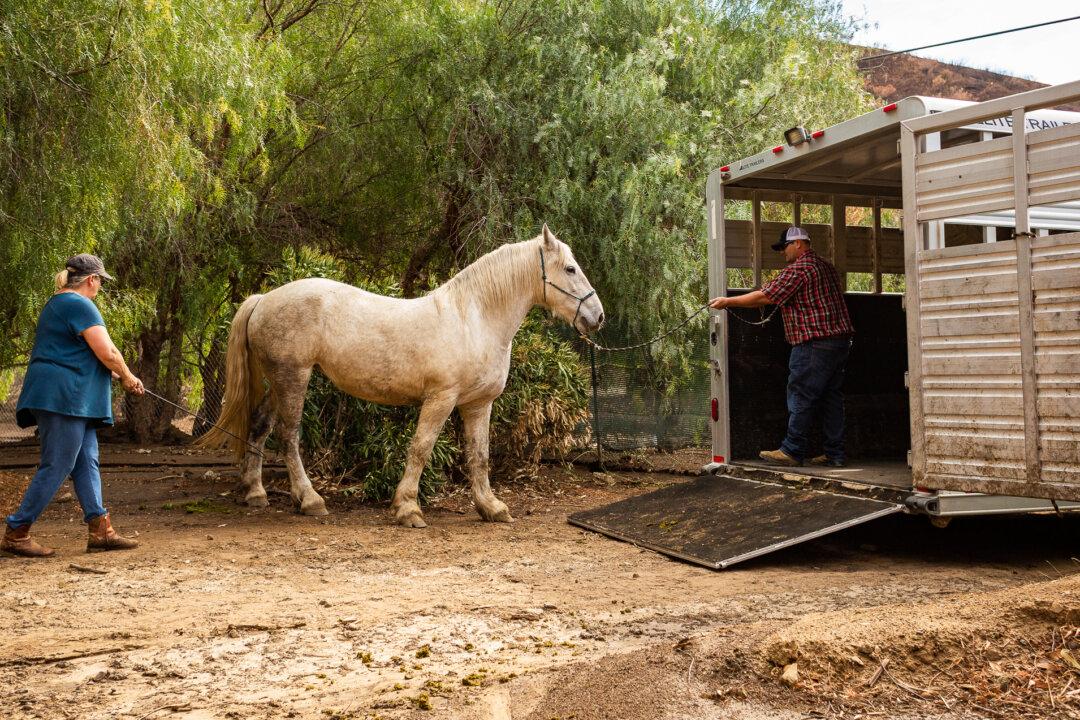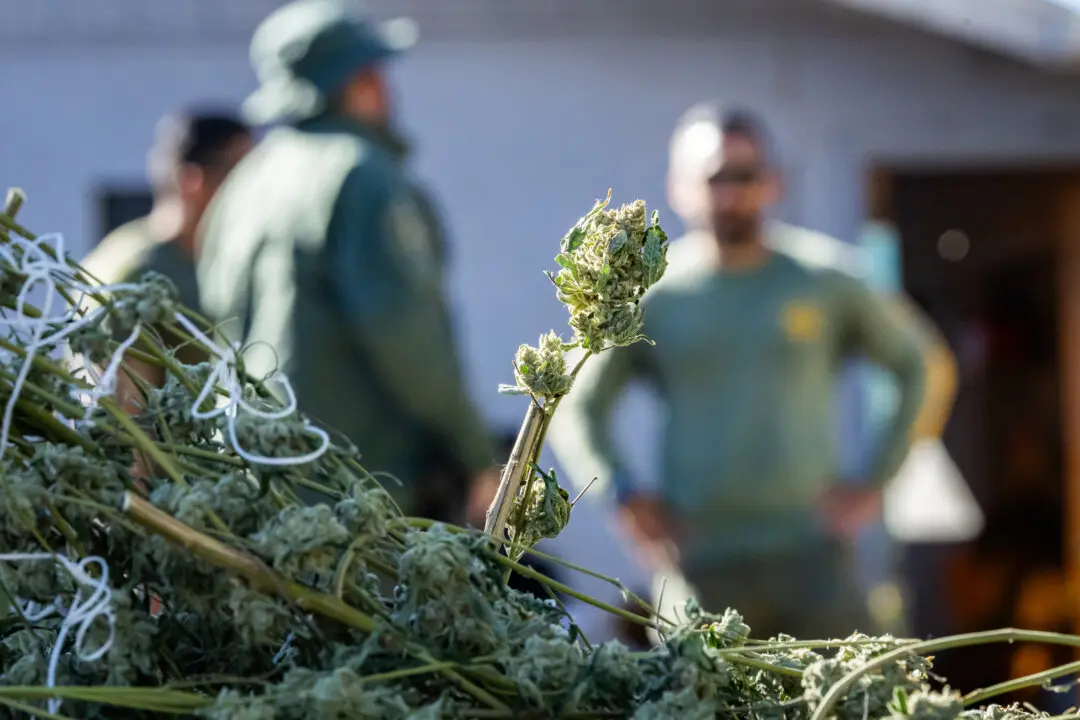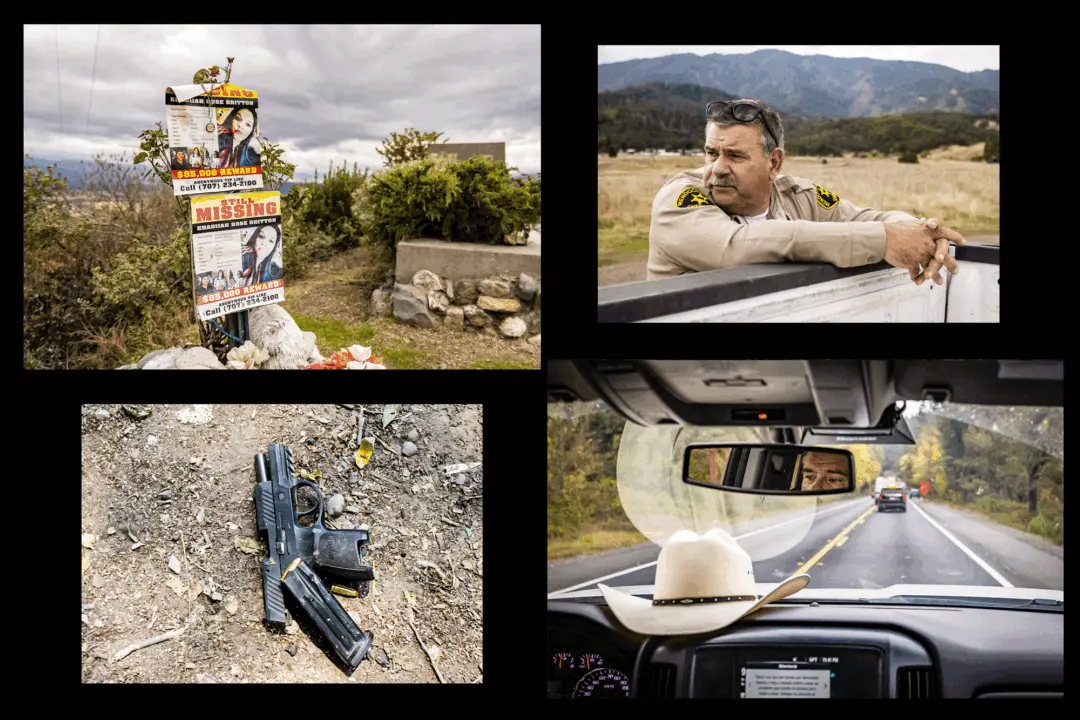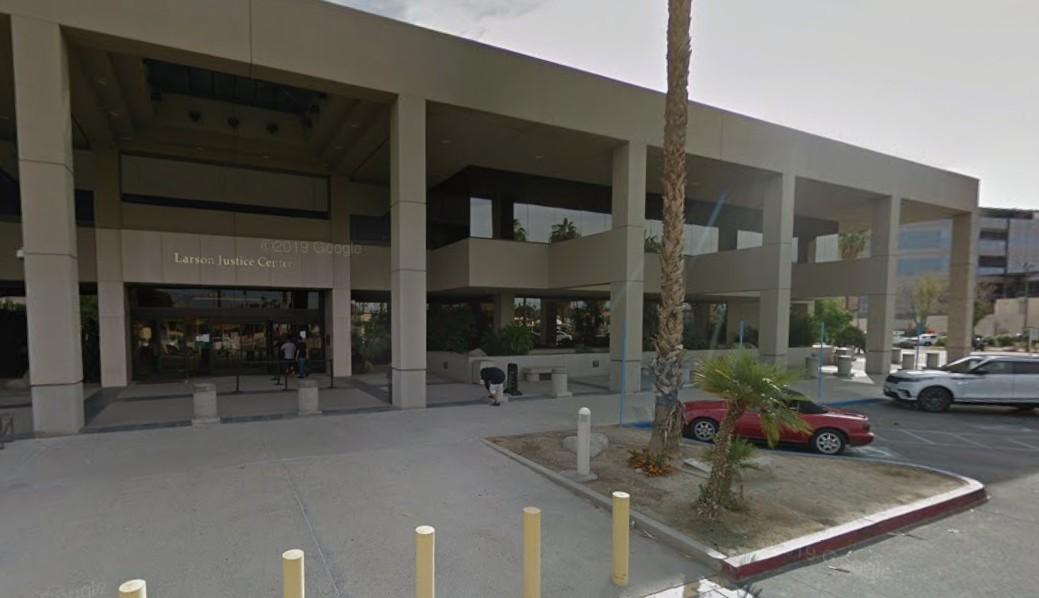Residents of Williams Canyon are preparing to evacuate their community as potential mudslides caused by fierce rains threaten to destroy their homes and livestock in rural Orange County, California.
At noon on Jan. 28, Orange County Sheriff’s Department deputies drove through the canyon, urging residents to leave the area and blasting warnings of a “voluntary evacuation” over loudspeakers.






